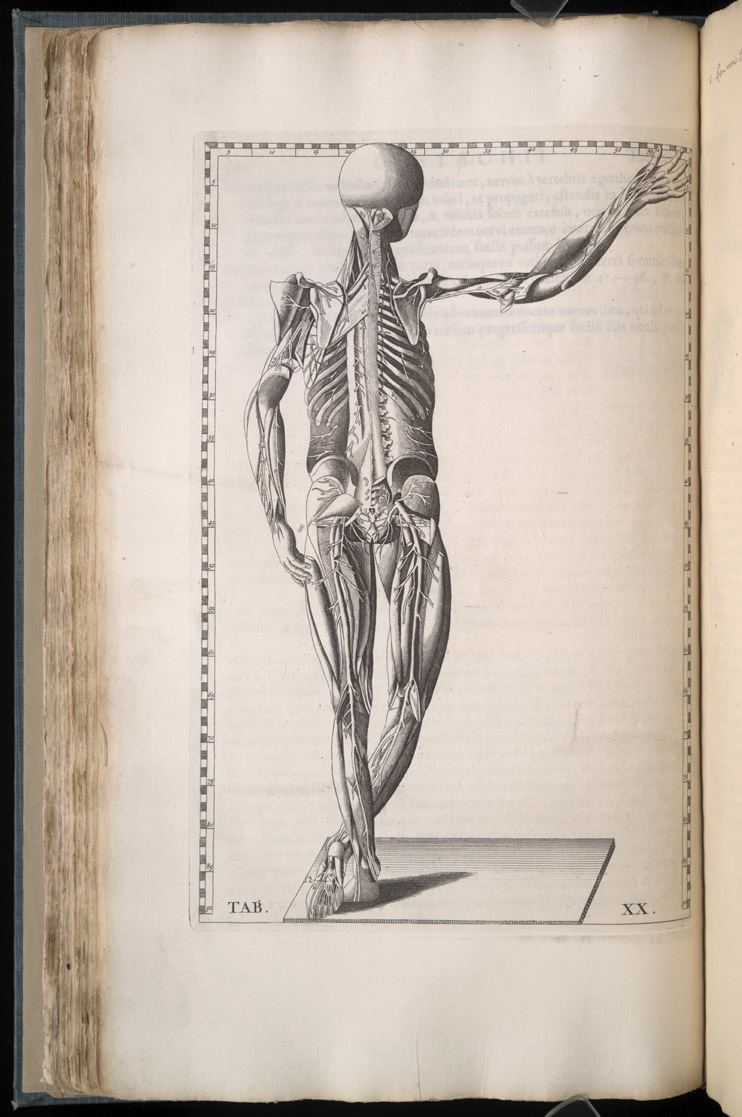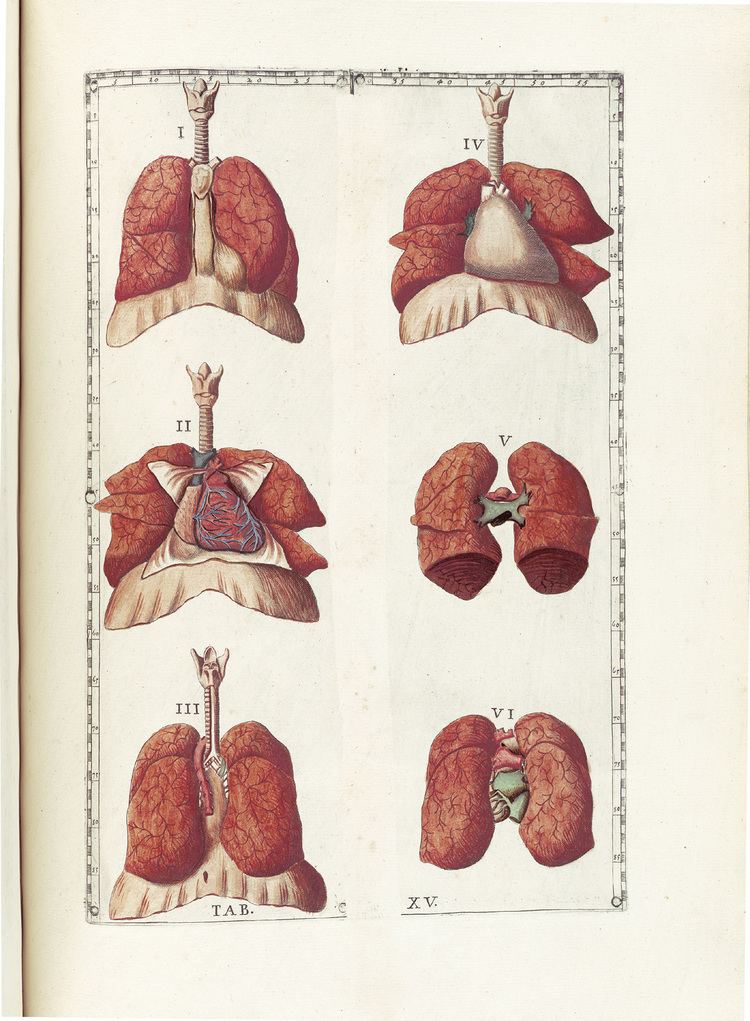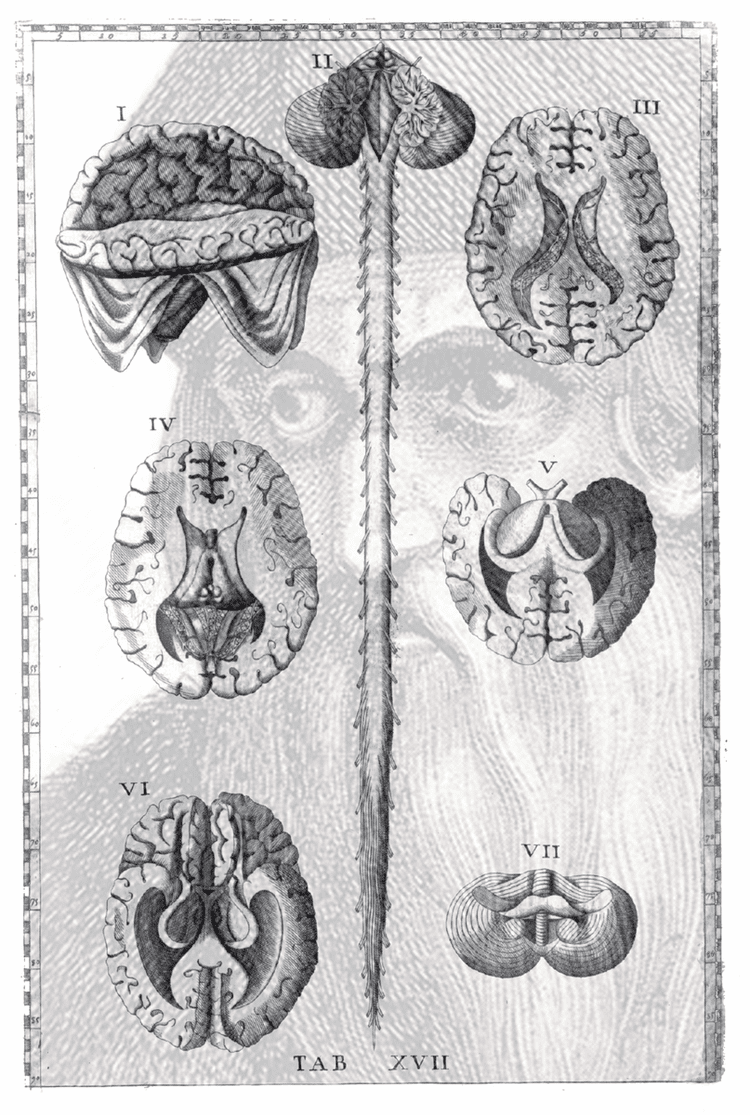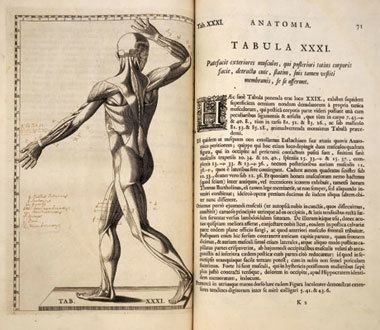Name Bartolomeo Eustachi | ||
 | ||
Died August 27, 1574, Umbria, Italy Books A Little Treatise on the Teeth: The First Authoritative Book on Dentistry (1563) Similar People Andreas Vesalius, Antonio Maria Valsalva, Marcello Malpighi | ||
EUSTACHIAN TUBE DYSFUNCTION ? DR.FOHEID ALSOBEI
Bartolomeo Eustachi (1500 or 1514 – 27 August 1574), also known by his Latin name of Eustachius (pronounced ), was one of the founders of the science of human anatomy.
Contents

Bartolomeo Eustachio
Life

He came from San Severino, near Macerata, Italy, and was a contemporary of Vesalius, with whom he shares the reputation of having created the science of human anatomy.

He is known as a supporter of Galen and extended the knowledge of the internal ear by rediscovering and describing correctly the tube that bears his name. He is the first who described the internal and anterior muscles of the malleus and the stapedius, and the complicated figure of the cochlea. He is the first who studied accurately the anatomy of the teeth, and the phenomena of the first and second dentition. Eustachius also discovered the adrenal glands (reported in 1563). His greatest work, which he was unable to publish, is his Anatomical Engravings. These were completed in 1552, nine years after Vesalius was published.

First published in 1714 by Giovanni Maria Lancisi at the expense of Pope Clement XI, and again in 1744 by Cajetan Petrioli, and again in 1744 by Bernhard Siegfried Albinus, and subsequently at Bonn in 1790, the engravings show that Eustachius had dissected with the greatest care and diligence, and taken the utmost pains to give just views of the shape, size, and relative position of the organs of the human body. The fact that his book became a bestseller more than a century after his death shows the extent of the religious restrictions on anatomists all through the Renaissance.

The first seven plates illustrate the history of the kidneys and some of the facts relating to the structure of the ear. The eighth represents the heart, the ramifications of the vena azygos, and the valve of the vena cava, named from the author. In the seven subsequent plates is given a succession of different views of the viscera of the chest and abdomen. The seventeenth contains the brain and spinal cord; and the eighteenth more accurate views of the origin, course, and distribution of the nerves than had been given before. Fourteen plates are devoted to the muscles.

Eustachius did not confine his researches to the study of relative anatomy. He investigated the intimate structure of organs with assiduity and success. What was too minute for unassisted vision he inspected by means of glasses (early microscopes). Structure that could not be understood in the recent state he unfolded by maceration in different fluids, or rendered more distinct by injection and exsiccation. The facts illustrated by these figures are so important that it has been said that, if the author had been fortunate enough to publish them, anatomy would have attained the perfection of the 18th century at least two centuries earlier. Their seclusion for that period in the papal library has given celebrity to many names that would have been known only in the verification of the discoveries of Eustachius.
